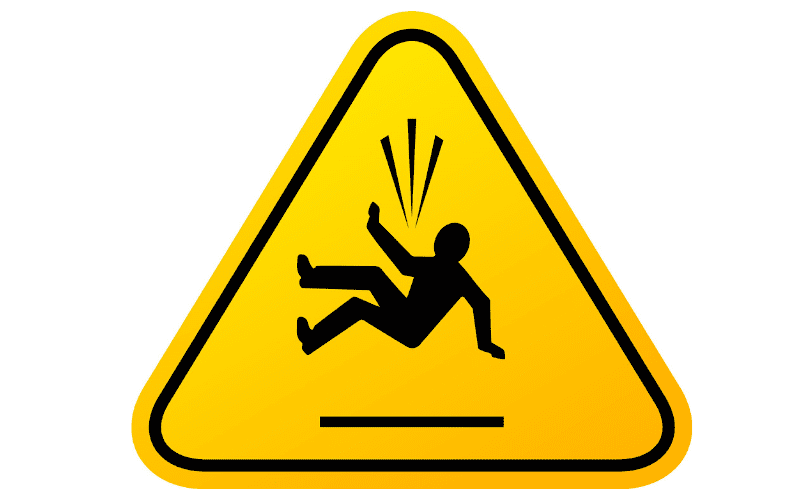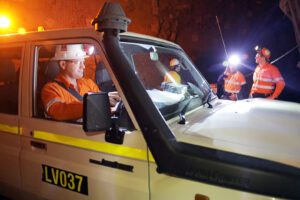WorkSafe Queensland has released a safety alert regarding a worker who suffered serious injuries when he fell approximately six metres through a roof after walking on an old skylight panel that had previously been covered. It appears the void cover plate was held in place by pop rivets.
Falls from walkways and platforms
Reducing ‘fall-ish’ workplace incidents in SA
Falls, particularly falls through the roofing, are a major cause of workplace deaths and serious injuries. The risk from a fall depends on whether fall control measures are implemented, the height involved and the surface directly below the work area. There may be an additional risk when working on or near fragile roof surfaces. Roofs are likely to be fragile if they are made with:
- asbestos roofing sheets
- poly carbonate sheets (alsynite) or plastic commonly used in skylights
- fibre cement sheets
- liner panels on built-up sheeted roofs
- metal sheets and fasteners (especially when corroded).
Before commencing any work on a roof or at height, all surfaces must be inspected to identify any potentially fragile spots. All locations and tasks which could lead to a fall should also be identified. This includes access to areas where the work is to be done. Close attention is required for tasks:
- on any structure or plant being constructed or installed, demolished or dismantled, inspected, tested, repaired or cleaned
- on a fragile surface (for example, poly carbonate or cement sheeted roofs, rusty metal roofs, fibre glass sheeting roofs and skylights)
- on a sloping or slippery surface where it is difficult for people to maintain their balance (for example, on glazed tiles or a metal roof that is wet from morning dew or light rain)
- near an unprotected open edge or internal void area (for example, removed roof sheeting).
Ways to manage health and safety
Effective risk management starts with a commitment to health and safety from those who manage the business. If an incident occurs, you’ll need to show the work safety regulator you’ve used an effective risk management process. This responsibility is covered by your primary duty of care in the Work Health and Safety Act 2011.
Use the hierarchy of controls to help decide how to eliminate and reduce risks. The hierarchy of controls ranks types of control methods from the highest level of protection and reliability to the lowest. It’s a step-by-step approach to eliminating or reducing risks. You must work through the hierarchy of controls when managing risks, with the aim of eliminating the hazard, which is the most effective control.
Read more Mining Safety News














Add Comment